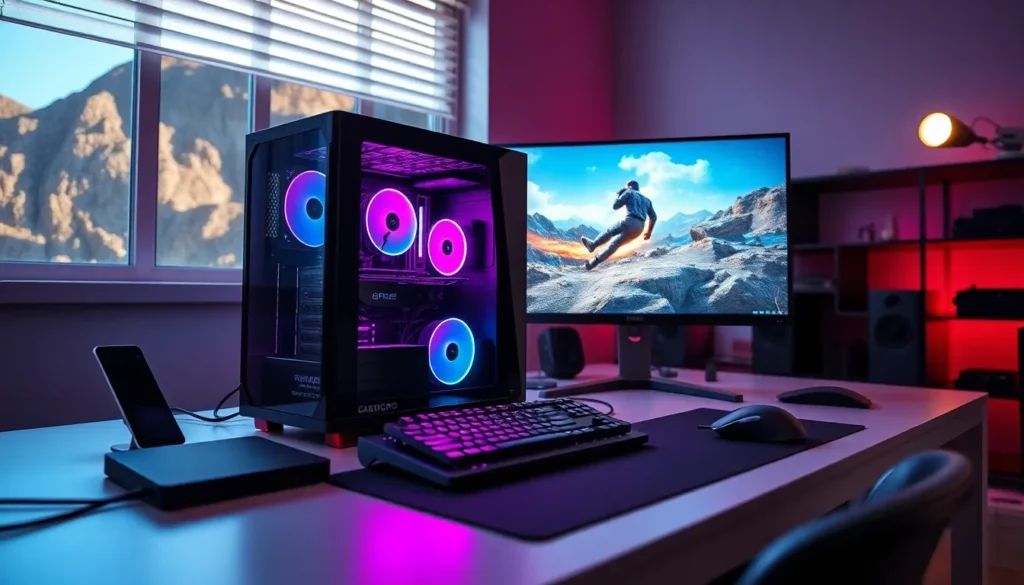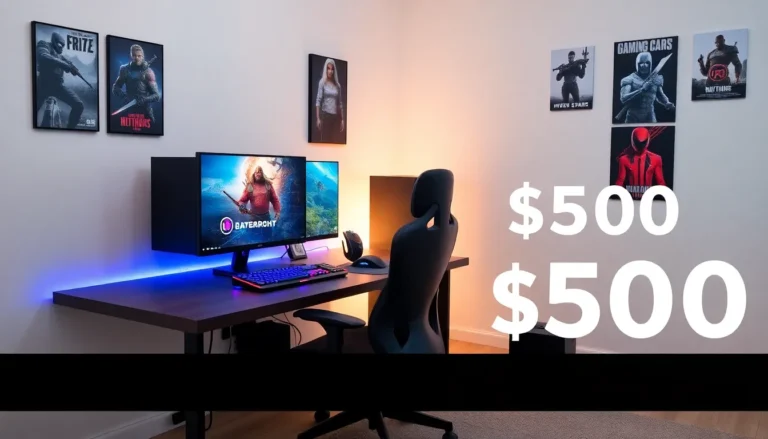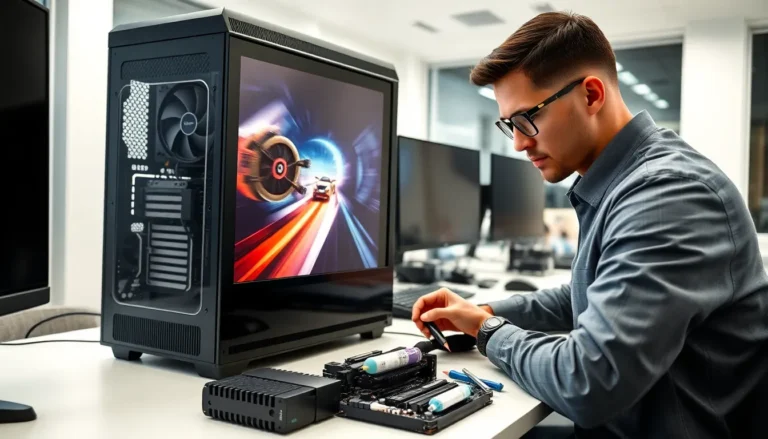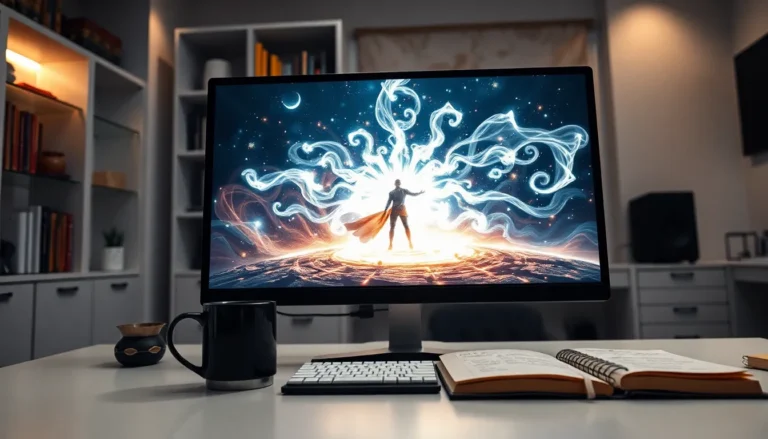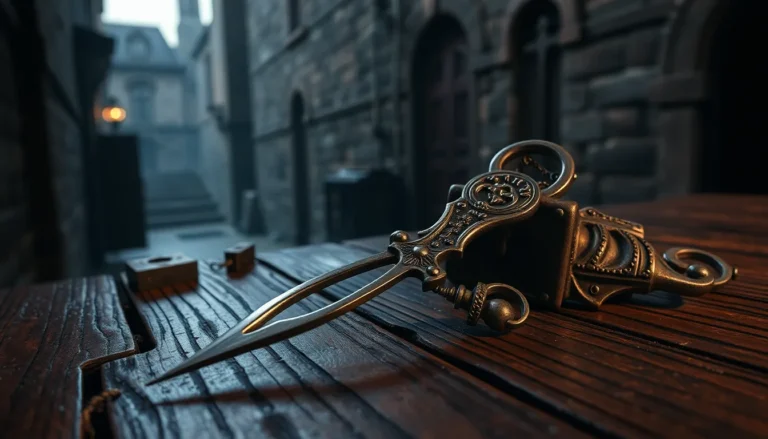Table of Contents
ToggleAre you ready to jump into the world of gaming PCs? The right setup can transform your gaming experience from casual play to absolute domination. Imagine having a rig that not only thrills but also makes your friends green with envy. In this guide, we’ll break down everything you need to know about assembling the ultimate gaming powerhouse. Let’s level up your game.
What Is a Target Gaming PC?
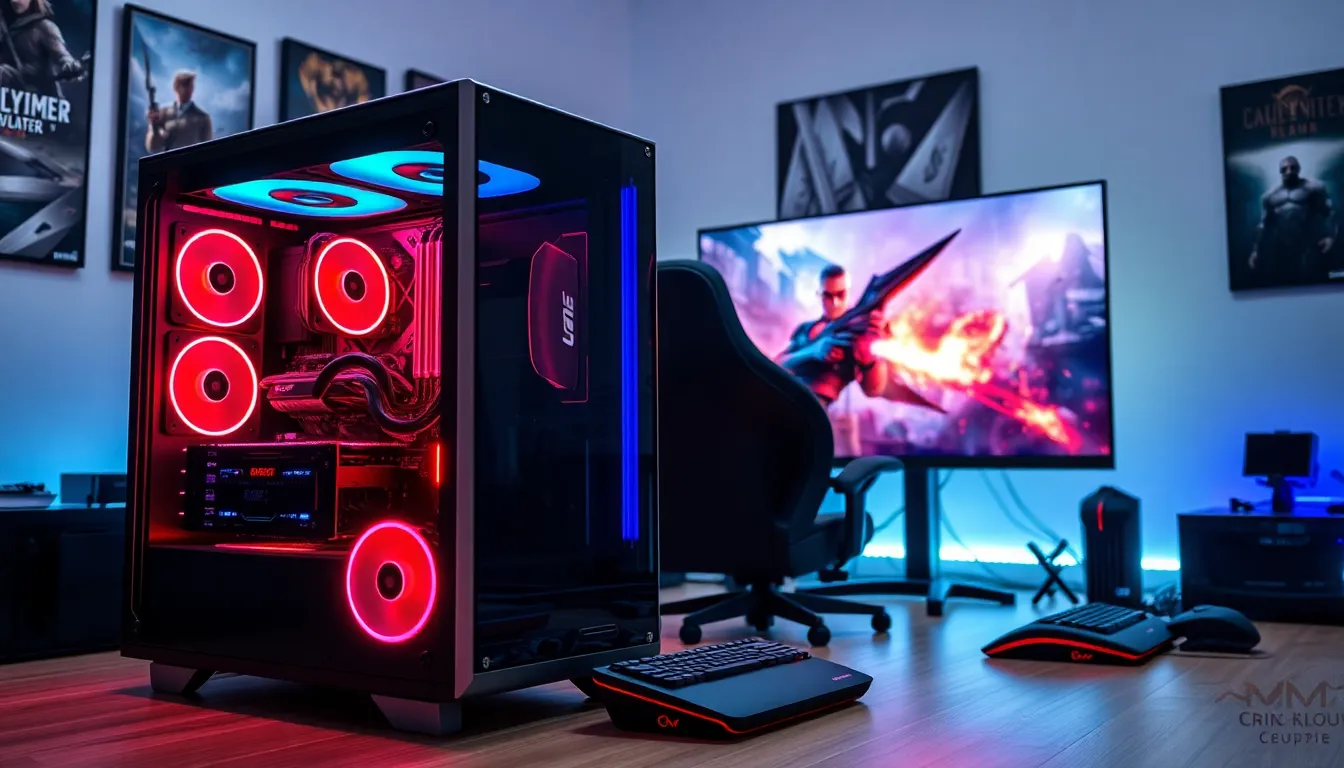
A target gaming PC is more than just a computer: it’s a gateway to virtual worlds and intense challenges. It’s designed to optimize performance, offering higher frame rates, better graphics, and smooth gameplay. Gamers identify their target systems based on the specific needs of their favorite games. Whether it’s fast-paced shooters or graphic-intensive RPGs, a target gaming PC can handle it all. With the right components and configurations, these machines are tailored for the best gaming experience possible.
Key Components of a Target Gaming PC
To build an effective target gaming PC, it’s essential to understand its core components:
- CPU (Processor): This is the brain of your gaming rig. It determines how well your games run alongside any multitasking you may be doing. Look for modern, multi-core processors that offer the best performance for gaming.
- GPU (Graphics Card): The soul of the gaming experience, a high-quality graphics card ensures that games look stunning and run smoothly. For the latest titles, a powerful GPU is a must-have.
- RAM (Memory): A seamless process requires ample RAM. Generally, 16GB is the sweet spot, but if you want to future-proof your setup or run multiple applications, consider 32GB.
- Storage: Speed matters, so choosing between SSDs (Solid State Drives) and HDDs (Hard Disk Drives) can impact loading times. SSDs are faster but tend to cost more per GB.
- Motherboard: It connects all components together, so a good motherboard should support your other hardware while offering room for upgrades.
- Cooling System: Keeping your PC cool during intense gaming sessions is vital. Fans or liquid cooling solutions can enhance performance and prolong the life of your hardware.
Choosing the Right Hardware
When selecting hardware for a target gaming PC, understanding compatibility is crucial. For instance, not every CPU works with every motherboard, so checking specifications is key. Start by determining your budget:
- Budget Builds: Aim for a balance between cost and performance. A solid mid-range CPU and GPU combo can provide an enjoyable gaming experience without very costly.
- High-End Builds: If budget allows, splurging on top-tier components offers the best quality and longevity. Consider high-refresh-rate monitors to complement your setup.
Building vs. Buying a Target Gaming PC
Deciding whether to build or buy your gaming rig can be daunting. Building a PC offers customization and often a better price-to-performance ratio. You choose every component, allowing for a unique setup tailored to personal preferences.
On the other hand, buying a pre-built system can save time and eliminate compatibility concerns. Many manufacturers also offer warranties and customer support, which can be a valuable asset for novice users. In the end, it comes down to preference and comfort level with hardware.
Recommended Target Gaming PC Builds
Here are a few recommended builds that cater to various budget ranges:
- Entry-Level Build:
- CPU: AMD Ryzen 5 5600G
- GPU: NVIDIA GTX 1650
- RAM: 16GB DDR4
- Storage: 512GB SSD
Great for casual gaming and less demanding titles.
- Mid-Range Build:
- CPU: Intel Core i5-12600K
- GPU: NVIDIA RTX 3060
- RAM: 16GB DDR4
- Storage: 1TB SSD
Perfect for most current games, providing solid performance at1440p.
- High-End Build:
- CPU: AMD Ryzen 7 5800X
- GPU: NVIDIA RTX 3080
- RAM: 32GB DDR4
- Storage: 2TB NVMe SSD
Ideal for gamers seeking ultra-settings on demanding titles and future-proofing.
Future-Proofing Your Gaming PC
Future-proofing a gaming PC is about anticipating technological shifts. Investing in a powerful GPU and CPU can ensure that your rig remains competent for years. It’s wise to consider:
- Upgradeability: Choose a motherboard that supports the latest technologies. Support for faster RAM and PCIe on the motherboard can allow for upgrades down the line.
- Power Supply: Opt for a higher-wattage PSU to accommodate future components, especially high-end GPUs.
- Cooling Solutions: As components evolve, so will their heat output. A robust cooling system is essential to maintain peak performance.

